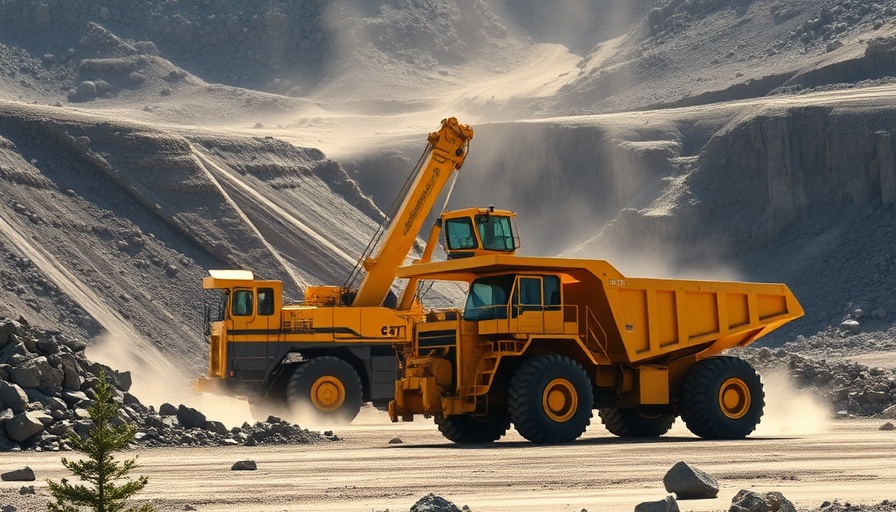
Preparing for the Imminent Cascadia Megaquake Threat
The Cascadia Subduction Zone has long been a topic of concern for residents of the Pacific Northwest, with recent studies suggesting an overwhelming risk of a catastrophic earthquake that could exceed a magnitude of 9.0. Experts warn that such a quake could trigger massive tsunami waves potentially reaching heights of over 100 feet, impacting coastlines and communities across the region.
Understanding the Potential Impact
New projections from FEMA estimate that a megaquake might result in approximately 13,000 fatalities and economic losses upwards of $134 billion. The potential sinking of coastal areas by 6.5 feet, according to research, poses an alarming threat. The alterations to the landscape could permanently change the living conditions, resulting in some areas becoming uninhabitable due to long-term flooding.
Urgent Call to Action for Residents
For those living in or near the Pacific Northwest, awareness and preparation are imperative. Understanding escape routes, emergency kits, and community resources can make a significant difference in disaster response. Experts encourage local residents to start planning for the worst-case scenario to safeguard their families and communities. Knowing what to do in the event of an earthquake or tsunami could be a lifesaving decision.
Emotional and Human-Centric Perspectives
Imagine waking up to the ground shaking and a roaring sound of water surging onto your home. The sheer panic and anxiety that such an event will unleash can be devastating, particularly for families with children and elderly members. Preparing emotionally through community discussions and drills can help mitigate fear and foster a collective resilience among residents.
Future Trends: A Modifying Landscape
As climate change continues to impact sea levels, the risks presented by seismic activities and their aftereffects could escalate. Studies suggest that regions already vulnerable to flooding may experience worsened conditions, highlighting the need for ongoing advocacy for sustainable infrastructure and emergency preparedness strategies. Understanding these evolving threats can empower residents to advocate for necessary policy changes to enhance safety measures.
In conclusion, the looming threat from the Cascadia megaquake highlights the critical need for preparation and community engagement. Residents are urged to prepare for emergencies while also advocating for structural adaptations that can help mitigate these untold risks in the future.
 Add Row
Add Row  Add
Add 




Write A Comment